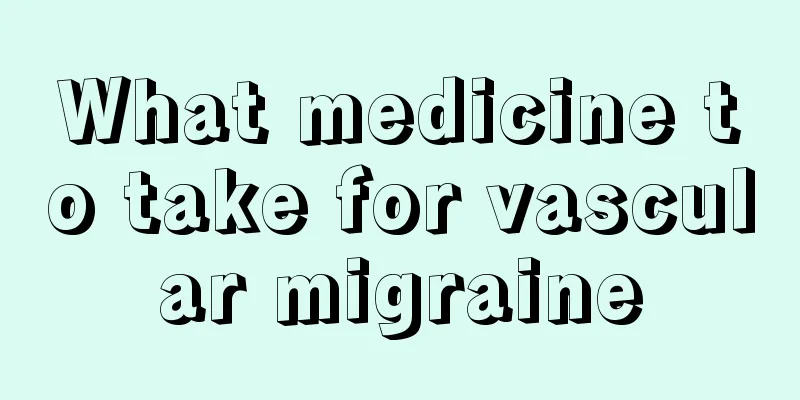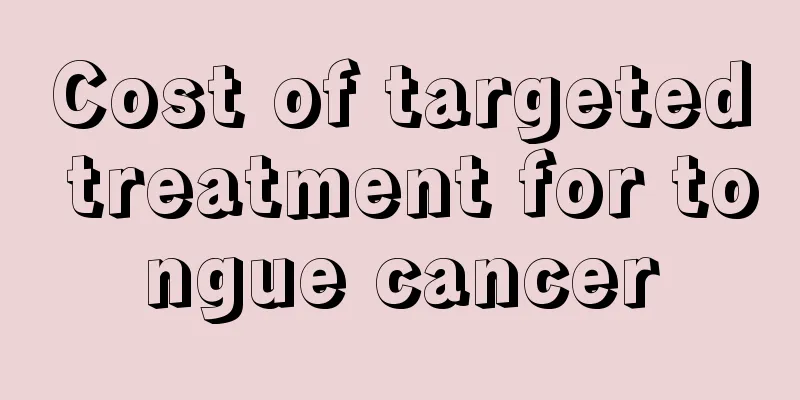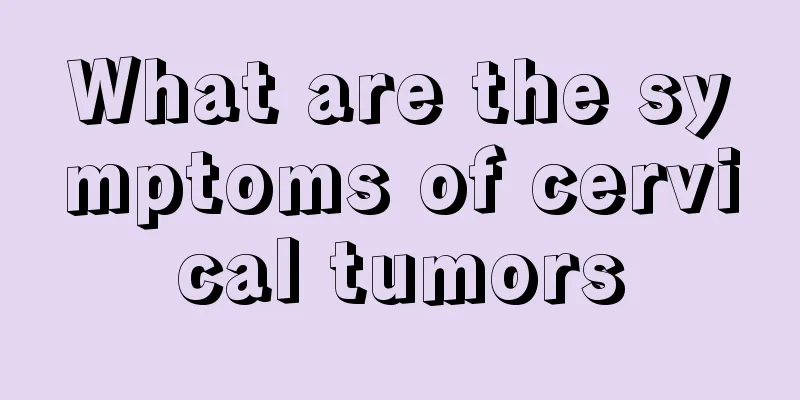What medicine to take for vascular migraine

|
The structure of the human brain is very complex, because it not only has many nerve organs, but also many large and small blood vessels to provide blood transfusion function. Headache is a very common symptom among people, and one type of headache is called vascular headache. Moreover, vascular headache is the most common type of headache. So what medicine should you take when you suffer from vascular headache? Vascular headache refers to a clinical syndrome caused by vasomotor dysfunction in the head and dysfunction of the cerebral cortex, or temporary changes in certain body fluid substances. It is the most common type of headache in outpatient clinics. It is characterized by unilateral or bilateral paroxysmal throbbing pain, distending pain or piercing pain, and may be accompanied by symptoms of vascular autonomic dysfunction such as visual hallucinations, photophobia, hemianopsia, nausea and vomiting. Vascular headaches are divided into two categories: primary and secondary. Headaches caused by vasomotor dysfunction in the head are called primary vascular headaches, including migraines and cluster headaches; headaches caused by clear cerebrovascular diseases are called secondary headaches, including headaches caused by hypertension, subarachnoid hemorrhage, stroke, intracranial hematoma, cerebral vasculitis, etc. treat (1) Headache caused by cerebral ischemia 1. Actively treat the primary disease Such as adjusting blood pressure, treating diabetes and cerebral arteriosclerosis, stabilizing heart function, etc. 2. Blood volume expansion Danshen injection is commonly used for intravenous drip once a day, and one course of treatment is 10 to 14 days. Low molecular weight dextran, intravenous drip once a day. Vinorutone was administered by intravenous drip once daily. 3. Platelet aggregation inhibitors Enteric-coated aspirin is commonly used, once a day. Dipyridamole, taken orally 3 to 4 times a day. Sulfapyridine, taken orally 3 times a day. (ii) Hypertensive headache Treatment is to arrange work and rest reasonably according to the condition, maintain adequate sleep, pay attention to dietary adjustment, and eat a low-salt, low-animal fat diet. For those with mental tension, headaches and insomnia, a small amount of sedatives or tranquilizers can be taken. Use of antihypertensive drugs: ① For long-term administration, it is advisable to use oral antihypertensive drugs with mild, long-lasting antihypertensive effect, few side effects and easy use, such as hydrochlorothiazide, reserpine, etc. as basic antihypertensive drugs; ② Combination medication, commonly used diuretics and other antihypertensive drugs are used in combination; ③ Start with a small dose, gradually increase the dose to achieve the purpose of lowering blood pressure, and then change to a maintenance dose to consolidate the therapeutic effect; ④ Acute hypertension and hypertensive crisis require the use of drugs with strong antihypertensive effects, such as postganglionic sympathetic nerve inhibitors, calcium antagonists, arteriole dilators, etc.; ⑤ For patients with significantly increased blood pressure for many years, it is not advisable to lower blood pressure too much or too quickly, because patients often cannot adapt and feel uncomfortable, and low blood pressure can easily lead to cerebrovascular accidents. (III) Headache caused by hemorrhagic stroke 1. Actively fight cerebral edema and reduce intracranial pressure Rapid use of dehydrating agents to combat cerebral edema and reduce intracranial pressure is an important measure in the treatment of hemorrhagic stroke. 20% mannitol is commonly used intravenously, once every 6 to 8 hours, or glycerol fructose is used intravenously twice a day. Furosemide can also be used for dehydration. If necessary, surgical treatment, such as hematoma elimination or hematoma aspiration, is performed to remove the hematoma and reduce intracranial pressure. For severe headaches caused by subarachnoid hemorrhage, cerebrospinal fluid replacement therapy can be performed (that is, after a successful lumbar puncture, 3 to 5 ml of cerebrospinal fluid is slowly released each time, and then an equal amount of normal saline is slowly injected), and the headache can be significantly relieved. 2. Treatment of the cause Treat common causes of hemorrhagic stroke, such as hypertension, arteriosclerosis, cerebral vascular malformations, intracranial aneurysms caused by various reasons, and blood system diseases. 3. Stop bleeding You can use tranexamic acid, 6-aminocaproic acid, tranexamic aromatic acid, etc. to prevent rebleeding and reduce the stimulation of blood to headache-sensitive structures in the brain. 4. Symptomatic treatment Use analgesics, tranquilizers and sedatives appropriately. |
<<: Shaoyang Meridian Headache
>>: Is it normal to have a headache after having chickenpox
Recommend
Girls learn street dance from scratch
Dancing is a common form of entertainment in our ...
What's the matter with the black spots inside the nails
Normal and healthy nails have a relatively unifor...
What is the cause of muscle soreness after exercise
Many people will experience muscle soreness after...
Back scraping order
Gua Sha is a traditional Chinese medicine therapy...
My ankle is inexplicably swollen and painful
Sometimes, your ankle was fine yesterday, but whe...
What should be checked 42 days after delivery?
Everyone knows that during pregnancy, you should ...
How to quickly overcome nervous head shaking
Many people will experience various minor problem...
How to Identify Prostate Cancer
How to identify prostate cancer? Early prostate c...
3 must-learn tips to protect your lungs on smoggy days
How can we effectively protect ourselves in foggy...
Complications caused by insomnia
Nowadays, more and more people suffer from insomn...
To maintain your health in summer, you need to protect your eyes with a diet that helps you look beautiful
In the hot summer, people who are worried about g...
How effective is beef in nourishing the kidneys
Beef is a type of meat we often eat. The nutritio...
What does IVA mean for nasopharyngeal carcinoma?
If it is nasopharyngeal carcinoma stage Iva, it r...
What foods can't be eaten by patients with ovarian tumors
Do not eat old, spoiled or irritating things, try...
What should I do if my double eyelids bleed after surgery
Although double eyelid surgery is a relatively si...









